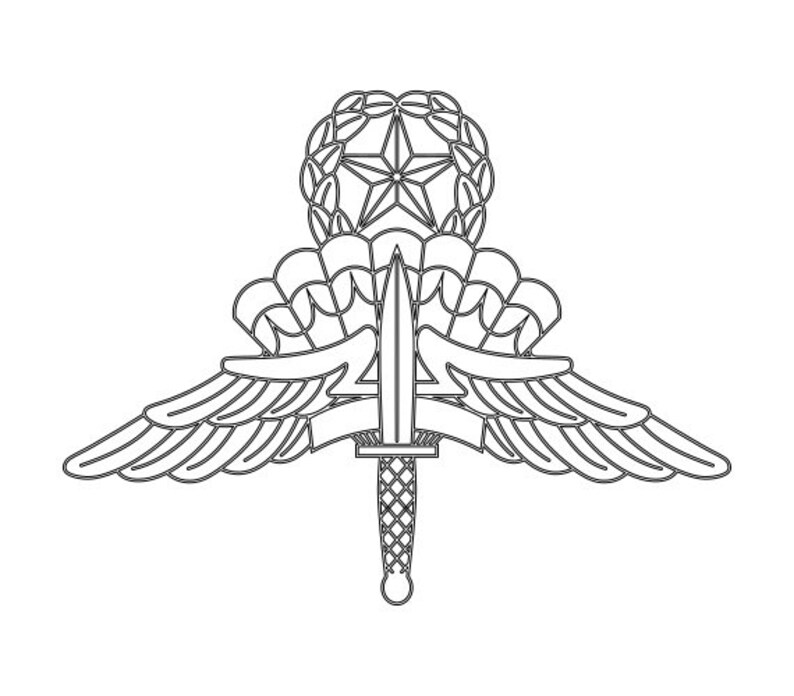


Testing for the STORM II culminated with MFF testing by local Fort Bragg special operations Soldiers to address special operations community requirements when employing the STORM II during and subsequent to MFF infiltration.ĭuring this phase of testing, the STORM II was jumped exposed during MFF operations, providing the critical test conditions of rapid altitude change, temperature and atmospheric pressure existing during free-fall jumps. STORM II also provides an infrared aiming reticule for the Soldier’s primary weapon during limited visibility. It is intended to provide Soldiers accurate range-to-target information when employing organic and indirect weapons systems. The STORM II is a rifle-mounted laser range finder with infrared aiming capabilities. Michael Wagner, an Infantry squad leader from Bravo Company, 2nd Battalion, 325th Infantry Regiment, 82nd Airborne Division, hailing from Tampa Florida said, “The new capabilities of the ENVG will make night dismounted navigation much simpler.” The ENVG-B equips Soldiers with situational awareness by providing not only cutting edge night vision technology, but also providing real-time combat information and navigation assistance. “Both programs had suffered impacts to their acquisition time line due to the influences of COVID-19 in the preceding months.” “This is the end of a long road for these two programs,” said Bill Slaven, test officer with the Airborne and Special Operations Test Directorate. To determine the operational effectiveness and suitability of the Enhanced Night Vision Goggle – Binocular (ENVG-B) - the Army’s next generation of night vision system - and the Small Tactical Optical Rifle Mounted Micro-Laser Range Finder (STORM II), Soldiers conducted multiple jumps, despite a few setbacks with weather and COVID-19. FORT BRAGG, North Carolina – Operational Airborne Soldiers here wrapped up testing new night vision goggles and a laser range finder.


 0 kommentar(er)
0 kommentar(er)
